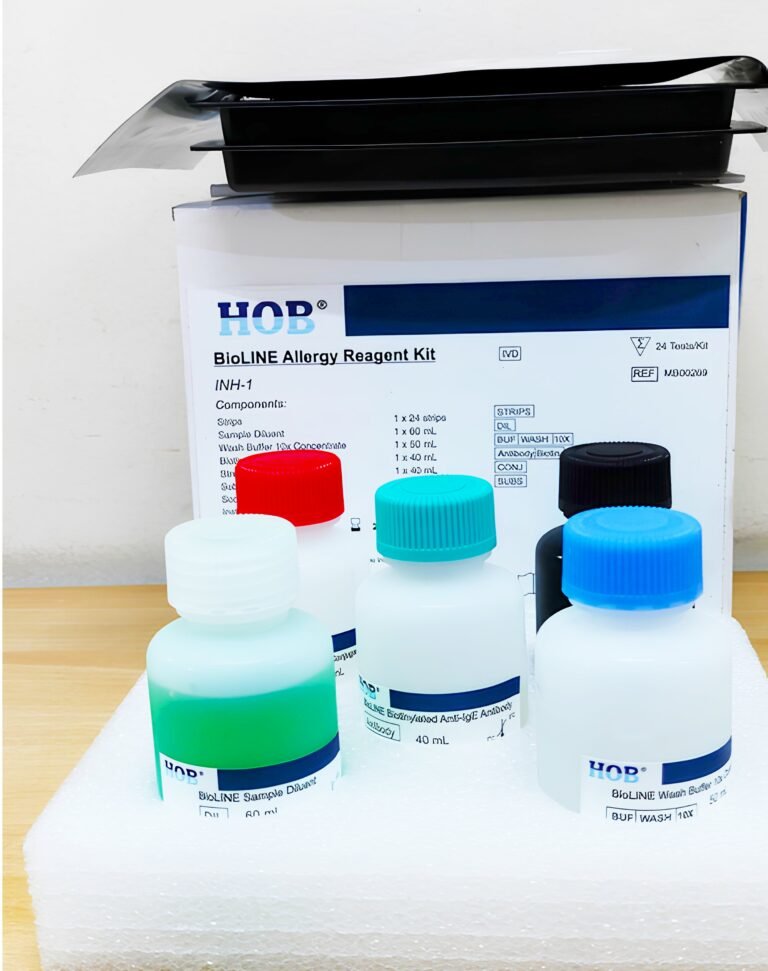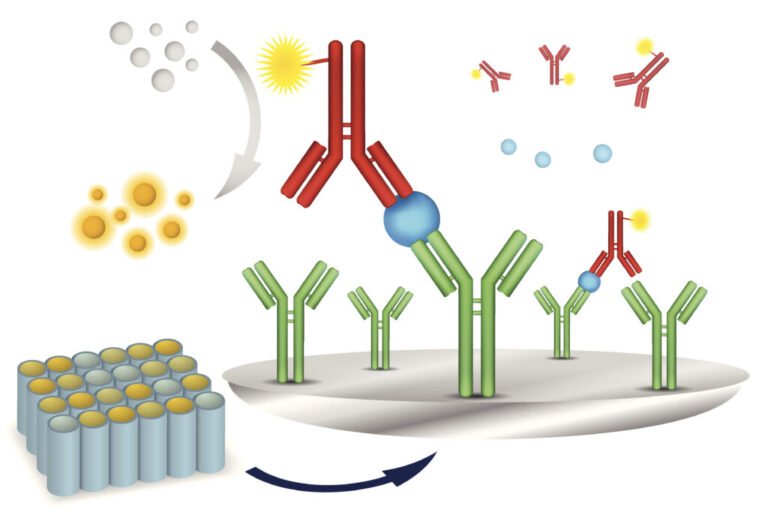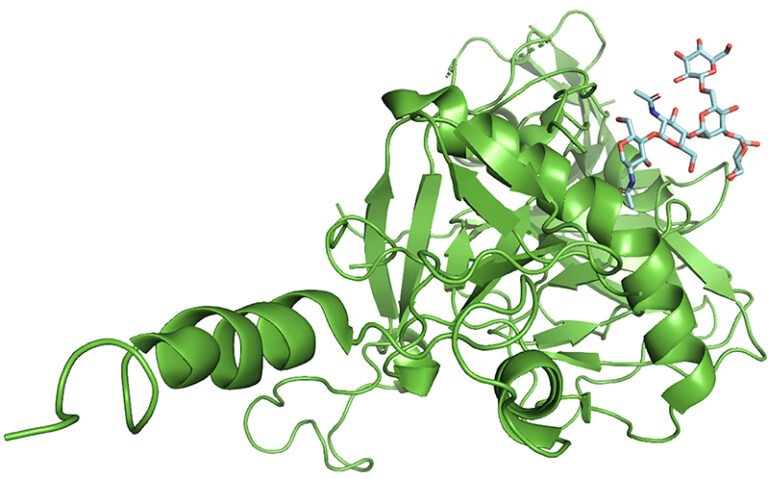Inhalant Allergens: What You Need to Know
Inhalant allergens are substances that can trigger allergic reactions when you breathe them in. These allergens are everywhere around us, and for some people, they can be a constant source of discomfort. In this article, we’ll take a closer look at inhalant allergens, what they are, and how they can affect your health.
What Are Inhalant Allergens?
Inhalant allergens are tiny particles or substances that can be found in the air we breathe. When you inhale these allergens, your body’s immune system can react to them as if they are harmful invaders, like bacteria or viruses. This reaction leads to the release of chemicals such as histamines, which can cause allergy symptoms.
Common Inhalant Allergens
Several types of inhalant allergens can trigger allergic reactions. Some of the most common ones include:
Pollen: Pollen from trees, grasses, and weeds is a significant allergen, especially during certain times of the year. People with hay fever or seasonal allergies are often sensitive to pollen.
Dust Mites: These microscopic creatures live in household dust and can be found in bedding, carpets, and upholstery. Dust mite allergy is common and can cause sneezing, runny nose, and itchy eyes.
Pet Dander: Protein particles found in the skin flakes, saliva, and urine of pets like cats and dogs can trigger allergies in some people.
Mold Spores: Mold grows in damp and humid environments. When mold spores become airborne, they can be inhaled and lead to allergies, especially in those with mold sensitivity.
Cockroach Allergens: Cockroach droppings and body parts can become airborne and act as allergens, particularly in areas with infestations.
Airborne Irritants: Smoke, strong odors, and pollution can irritate the respiratory system and exacerbate allergy symptoms in some individuals.
Allergic Reactions to Inhalant Allergens
When you are exposed to an inhalant allergen that you are sensitive to, your immune system goes into action. The common allergic reactions to inhalant allergens include:
Sneezing: Your body tries to expel the allergen by forcing it out through a sneeze.
Runny or Stuffy Nose: Your nasal passages may become congested or produce excess mucus.
Itchy or Watery Eyes: The histamines released can lead to eye irritation and redness.
Coughing and Wheezing: Allergens can trigger inflammation in the airways, leading to coughing and wheezing, especially in people with asthma.
Skin Reactions: Some individuals may develop skin rashes or hives in response to inhalant allergens.
Managing Inhalant Allergies
If you suspect you have allergies to inhalant allergens, it’s essential to take steps to manage your symptoms:
Avoidance: Identify and reduce your exposure to the specific allergens that trigger your symptoms. This may involve using air purifiers, allergen-proof covers for bedding, and keeping windows closed during high pollen seasons.
Medications: Over-the-counter or prescription allergy medications, such as antihistamines or nasal corticosteroids, can help alleviate symptoms.
Allergy Shots: In severe cases, allergen immunotherapy (allergy shots) may be recommended by an allergist to help your body build tolerance to specific allergens over time.
Conclusion
Inhalant allergens are common, and they can cause discomfort and inconvenience for those who are sensitive to them. By understanding the types of inhalant allergens and how they affect the body, you can take steps to manage your allergies and reduce your exposure to these triggers. If you suspect you have allergies, consult with a healthcare professional or allergist for proper diagnosis and treatment options.







